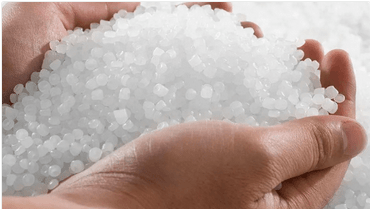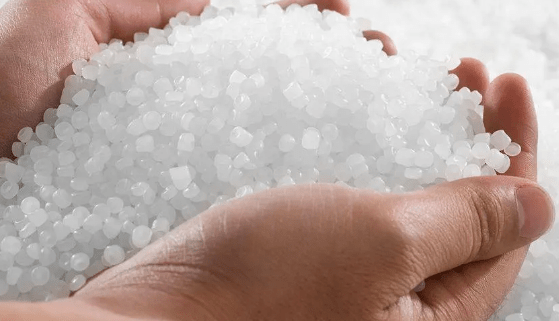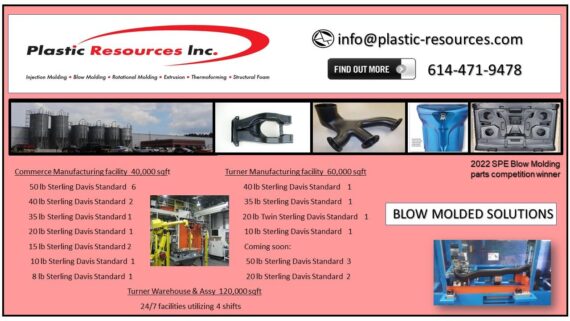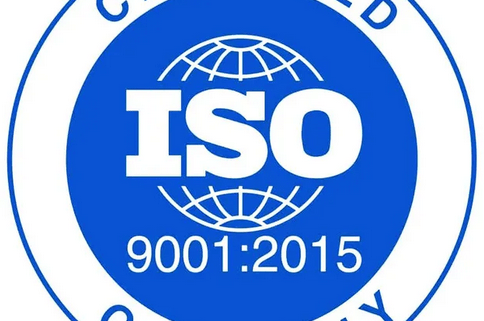In the realm of custom plastic molding and extrusion, the selection of materials is a pivotal step that can determine the success or failure of a project. This critical phase involves more than just choosing a type of plastic; it encompasses understanding the material’s properties, application requirements, environmental impact, and cost-effectiveness. Here’s a deep dive into why material selection is paramount in custom plastic molding and extrusion projects.
Understanding the Application Requirements
The first step in material selection is understanding the specific requirements of the application. Different projects demand varying properties from plastic materials, such as flexibility, rigidity, temperature resistance, chemical resistance, and electrical insulation. For instance, a component used in the automotive industry must endure high temperatures and mechanical stress, necessitating materials like polyamide (nylon) or polycarbonate. Conversely, packaging materials often require flexibility and cost-efficiency, making polyethylene or polypropylene suitable choices.
Properties and Performance
Each plastic material comes with a unique set of properties that influence its performance in different applications. Key properties to consider include:
- Mechanical Properties: Tensile strength, impact resistance, and hardness determine how well the material can withstand physical stresses.
- Thermal Properties: Heat resistance and thermal stability are crucial for applications involving high temperatures.
- Chemical Resistance: Resistance to acids, bases, and solvents is essential for materials used in chemical processing or medical devices.
- Electrical Properties: Insulation and conductivity are critical for electronics and electrical applications.
Selecting a material that aligns with these property requirements ensures the final product performs as expected under operational conditions.
Environmental and Regulatory Considerations
In today’s market, environmental sustainability is more important than ever. Material selection must consider the ecological impact, including the material’s recyclability, biodegradability, and the environmental footprint of its production process. Additionally, compliance with regulatory standards, such as FDA approval for food-grade plastics or REACH and RoHS directives in Europe, is non-negotiable for certain applications.
Cost Efficiency
While performance and environmental factors are crucial, cost efficiency remains a key consideration in material selection. Balancing the cost of raw materials with the performance requirements and production processes is vital for maintaining project budgets and ensuring profitability. For example, engineering plastics like PEEK (polyether ether ketone) offer exceptional performance but come at a higher cost compared to more common plastics like ABS (acrylonitrile butadiene styrene). Selecting the most cost-effective material that meets the necessary performance criteria can significantly impact the project’s financial success.
Processing and Manufacturability
The ease with which a material can be processed through molding or extrusion techniques is another critical factor. Different plastics behave differently during processing; some may require higher temperatures, specific mold designs, or longer cooling times. Understanding these characteristics ensures smooth manufacturing processes, reducing the risk of defects and enhancing overall efficiency.
For instance, materials like PVC (polyvinyl chloride) and PE (polyethylene) are widely used in extrusion due to their favorable processing characteristics and versatility. In contrast, materials like POM (polyoxymethylene) require precise temperature control and mold design to avoid issues like warping or excessive shrinkage.
End-Use Durability and Longevity
The durability and longevity of the end product are directly influenced by the material selected. For products exposed to harsh environments or demanding usage, materials with superior wear resistance, UV stability, and impact resistance are essential. For example, outdoor furniture or construction materials benefit from UV-resistant plastics like HDPE (high-density polyethylene) to prevent degradation from sunlight exposure.
Innovation and Technological Advancements
The field of plastic materials is continually evolving, with new formulations and composites being developed to meet emerging needs. Staying abreast of these innovations can offer significant advantages, such as improved performance, reduced environmental impact, and lower costs. Engaging with material scientists and suppliers to explore cutting-edge options can give projects a competitive edge.
Conclusion
In custom plastic molding and extrusion projects, material selection is not merely a technical detail; it is a foundational decision that influences every aspect of the project, from performance and cost to sustainability and regulatory compliance. By meticulously evaluating application requirements, material properties, environmental impact, and cost considerations, manufacturers can ensure that their products not only meet but exceed expectations. This strategic approach to material selection is key to achieving high-quality, durable, and efficient outcomes in the ever-evolving landscape of plastic manufacturing.
Need help from the experts? Set a consult with Plastic Resources, Inc., for guidance, consult and a quote for your next plastic parts assembly project – and we’ll make sure you’re selecting all of the right materials and processes to make your project a success.
Plastic Resources, Inc.
614-471-9478









